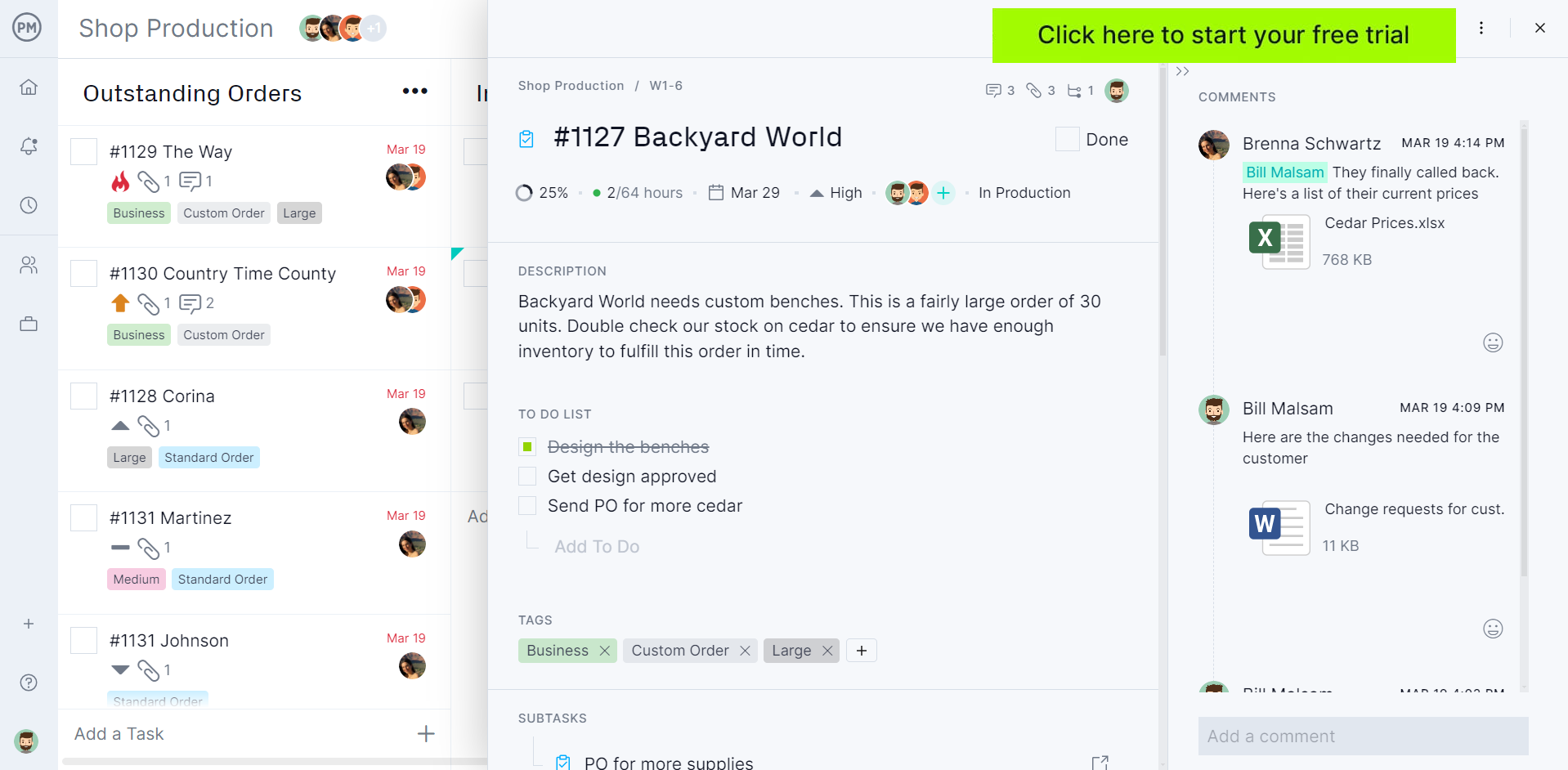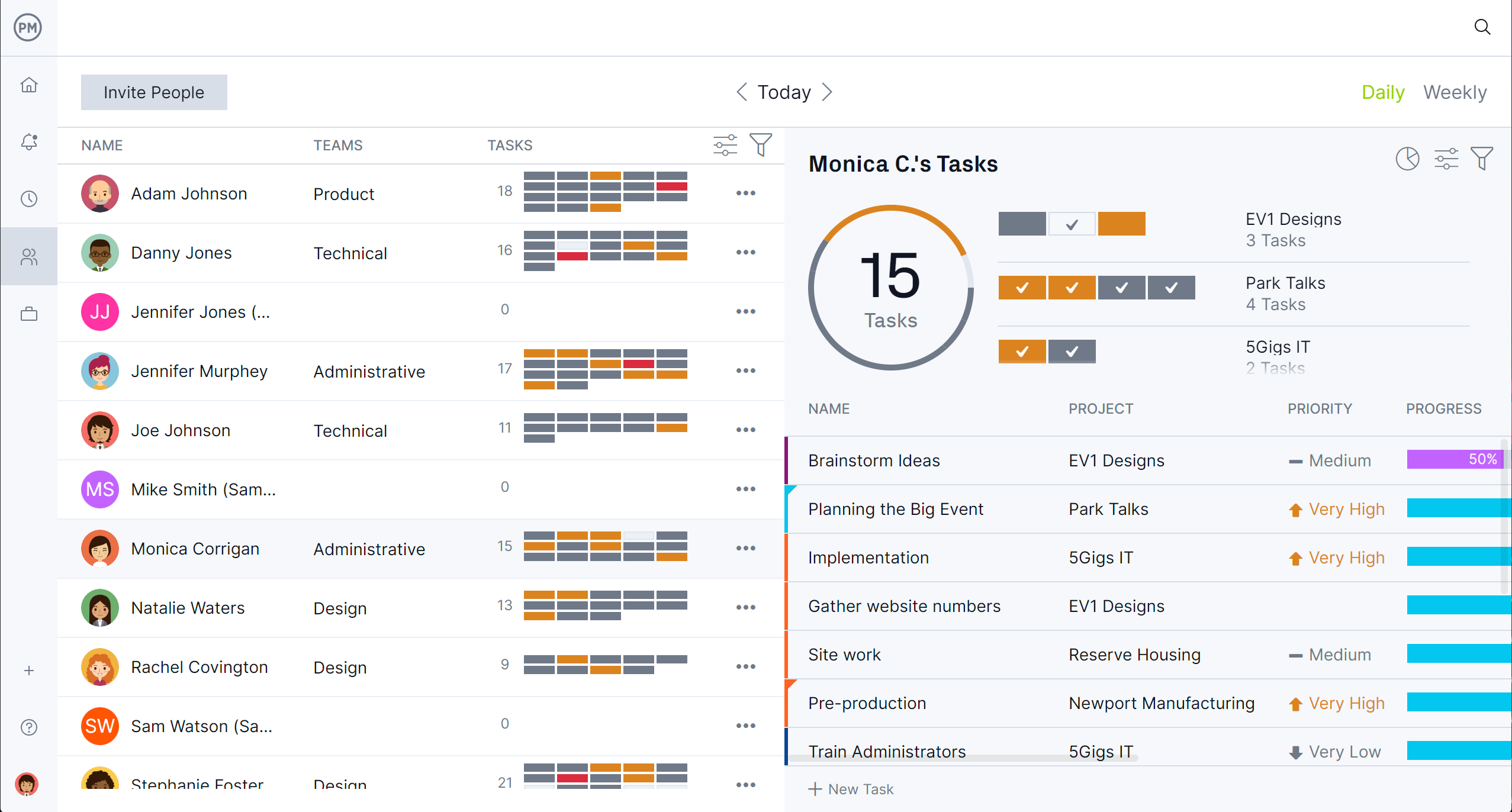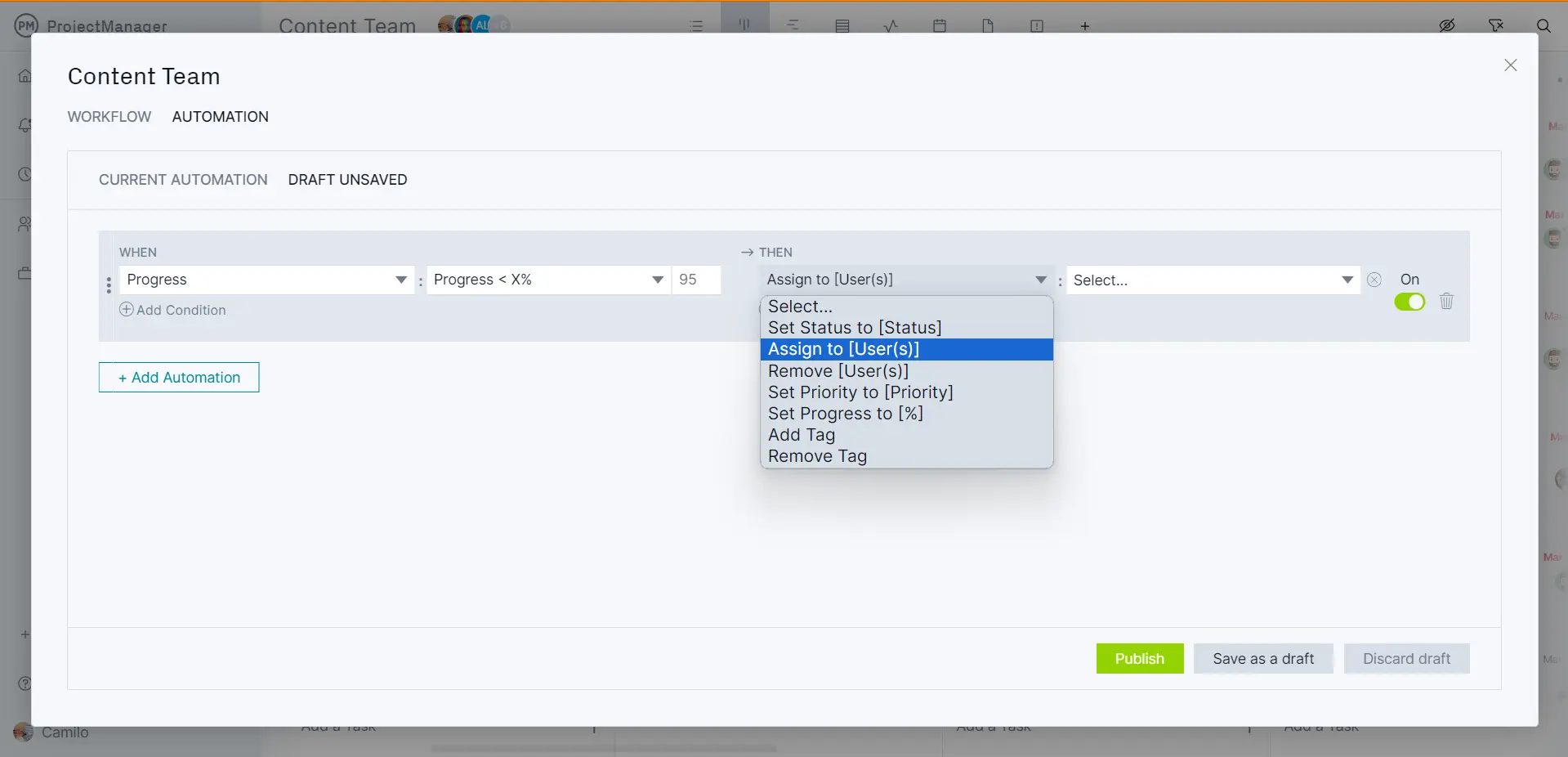Warehouses store goods for businesses. They’re also a place of work where orders are received, picked, packed and shipped to customers. Warehouse optimization is a process by which businesses try to make those activities as efficient as possible.
To do so, there are several warehouse optimization techniques that we’ll list and define below. We’ll also explain how warehouse optimization fits into warehouse management, why it’s important and the benefits of optimizing warehouse processes.
What Is Warehouse Optimization?
Warehouse optimization is the process of managing the day-to-day operations of a business’ inventory and storeroom to get the most out of its available space and resources. This is done through finding ways to make warehouse processes more efficient, including the warehouse operations process, which includes receiving, picking, packing, storage, shipping, etc.
To achieve the goals of warehouse optimization, businesses must know the space in which goods are stored and plan how to take full advantage of it. Inventory management is also part of this process, which includes tracking, transportation, packing and shipping. Whether there’s one warehouse or many, prioritizing tasks is essential if challenging. Warehouse automation can reduce manual and repetitive tasks to streamline the process.
While warehouse optimization includes the seamless integration of technologies such as robotics and Internet of Things (IoT) sensors, project management software can handle the various tasks and resource scheduling involved in running an efficient warehouse. ProjectManager is award-winning project and portfolio management software with customizable kanban that can streamline warehouse operations processes to gain greater efficiency. Kanban boards can mimic warehouse processes and cards can schedule resources, track costs and hold task details, such as description, priority and assignee. Get started with ProjectManager today for free.

Types of Warehouse Optimization Techniques
There are many ways to achieve the goals of warehouse optimization. All of them can be important, but four are essential and should be part of any warehouse optimization plan. They are as follows.
1. Warehouse Layout Optimization
The warehouse layout is key to optimizing the space to store more and pick faster. A warehouse manager will want to use every square inch of space to its fullest potential. There are many ways to do this via warehouse management, such as strategically selecting racking systems. Think about which is best for how business is being done, whether that’s pallet racking, cantilever or drive-in racking.
Horizontal space is only part of the equation. One must also seek to convert underused vertical dimensions. High-rise shelving and mezzanine levels can greatly expand the layout of the warehouse space and increase capacity. Flexible work areas can be modified according to requirements, such as during the seasonal rush. All of these measures provide tangible benefits, such as reducing rental costs, enhancing mobility and lowering energy costs.
2. Warehouse Storage Optimization
Different but related to warehouse layout optimization is warehouse storage optimization. When talking about storage, it’s more than space, but the strategic placement and rotation of stock. Various methods can be employed, such as directed or random putaway, combined with ABC analysis (prioritizing more important goods) and determining stock-keeping unit (SKU) prioritization.
For example, items with a high turnover rate should be easily accessible to reduce picking times and facilitate logistics management. Stock transfers can also refine the selection of optimal locations for each SKU. Climate control is key to keeping inventory and goods with precise storage specifications must be considered, such as temperature or humidity levels. That’s where first in, first out (FIFO) systems can help with efficient rack rotation, curtailing obsolescence and spoilage.
3. Warehouse Slotting Optimization
Slotting is the process of organizing a warehouse to maximize space and efficiency. This process is also used to improve inventory management and can reduce the overall cost of warehousing goods. This is often done by SKU number, product type or any other type of project characteristic.
Optimizing slotting is beneficial for many reasons. For one, it allows for faster picking with fewer errors as it avoids confusion for the picker. It also increases the storage capacity by identifying opportunities, which can help a business delay expanding or spending more on additional warehouse space. Finally, it leads to a reduction in carrying costs. By improving processes, carrying costs are minimized as businesses don’t have to hire more help or rent out additional warehouse space.
Warehouse Picking Optimization
This addresses labor by enhancing workforce productivity without sacrificing employee welfare. This starts by hiring well-qualified workers in the warehouse. That, of course, is easier said than done. One course of action is to have regular training programs to hone the skills of the workforce, but also reinforce safety protocols. This can help boost job satisfaction. Think about an ergonomic workspace design, which can reduce work-related stress and absenteeism.
Another thing to consider is effective shift scheduling to ensure that the warehouse operates at peak capacity and doesn’t squander resources over slow periods. Employees want employers to think of their happiness and expect a work-life balance, fair pay, benefits, scheduling flexibility and mental health care. Provide this and expect a more motivated workforce, diminished turnover rates and optimized operations with existing resources.
Warehouse Optimization vs. Warehouse Management
Warehouse optimization is part of the larger warehouse management. Warehouse management is made up of the principles and processes involved in running the day-to-day operations of a warehouse. Warehouse management seeks warehouse optimization in organizing warehouse space, scheduling labor, managing inventory and fulfilling orders.
Benefits of Warehouse Optimization
There are many reasons why optimizing a warehouse is good for business. Many of those have already been touched upon, but there’s much more to say about why warehouse optimization is important for business.
For one, it increases employee productivity by assessing current workflow, making changes and improving operations, which creates more warehouse space. This makes for a more comfortable working environment, which reflects positively on employee productivity.
Warehouse optimization also improves organization and flow by improving the layout to better pack, ship and store goods. Optimizing warehouse storage increases capacity and improves organization and, therefore, the flow of operations. It makes it easier for employees to do their jobs and reduces the time it takes to complete orders.
This also helps avoid missed sales opportunities. With the improvement of facility storage, the chances of missing out on sales are diminished because more storage means it’s possible to increase production if necessary. The more product stored leads to more products sold.
All this leads to money, time and resources saved, whether it’s ordering in bulk (suppliers often discount for bulk) or avoiding the need to rent or purchase new storage space. Increased space and improved workflow will also lead to a decrease in employee injuries.
Warehouse Optimization Tips
Now that it’s clear what warehouse optimization is and the various techniques that can be used to deliver efficiency to a business’ inventory management, it’s time to explore some ways to get the most out of optimizing a warehouse. We’ve outlined some tips for optimizing warehouse layout and organization, workflows and processes, tools and technology.
Design a floor plan that meets current needs, but also allows for growth. For example, you should set up quality control areas near the packaging area. Always use clear signage for efficient navigation and make aisles as wide as possible to increase storage capacity. Each zone should have hard boundaries to maximize space efficiency. If needed, you can reclaim floor space with the 5S method: sort, set in order, shine, standardize and systematize.
It’s important to know your staffing requirements and outsource work as needed to handle spikes in demand. The warehouse should operate at 85 percent occupancy to avoid congestion. Partner with shipping providers to provide shipping options for your customers and consider a multi-order picking process.
Finally, use project management tools. This is an easy way to monitor key performance indicators (KPIs) and eliminate information silos. Software is also helpful in identifying peaks in warehouse capacity and can help analyze supply chain performance and adapt to changing market conditions.
ProjectManager Helps Manage Warehouse Operations
That last tip of using software is especially important. While there are robotics and other tools designed to improve the logistics of warehouse operations, project management software provides efficiencies in how work is planned, executed and managed. ProjectManager is award-winning project and portfolio management software with features to optimize warehouse operations. We’ve already mentioned how kanban boards can streamline warehouse operations and manage order fulfillment, but that’s only the beginning of what they can do.
Set Workflow Automation and Recurring Tasks
Warehouse optimization is fostered by many things, utmost among them automation. The more work that can be taken out of the hands of employees gives them the freedom to devote that time to more important tasks. Workflow automation streamlines manual and repetitive tasks. Use it with custom workflows to automate actions when defined triggers occur on the task level. For example, when the status of a task changes from picked to pack the task can be assigned to another employee. There are also task approval settings for quality control. Use recurring tasks to stay reminded or repeat work.

Manage Resources and Monitor the Costs of Warehouse Operations
Keeping employees working at capacity leads to greater productivity. Use the team page or the color-coded workload chart to view all employees’ tasks. See instantly who is over- or underallocated. Then, balance their workload to keep everyone working and happy. Use the real-time dashboard to get a high-level workload overview and much more. The dashboard constantly updates with live data, such as cost and time, which are then displayed on easy-to-read graphs and charts.

The kanban is only one of the multiple project views available. Users can choose between Gantt charts to plan, schedule and track warehouse operations activities. Link task dependencies to avoid delays and set a baseline to track the planned effort against the actual effort in real time. Employees can use task lists to stay on top of their work, while stakeholders can use the sheet or calendar view to stay updated. All project views update simultaneously so everyone is always working on the same page.
ProjectManager is online project and portfolio management software that connects everyone whether they’re working in the office or on the warehouse floor. They can share files, comment at the task level and stay updated with email and in-app notifications. Join teams at Avis, Nestle and Siemens who use our software to deliver success. Get started with ProjectManager today for free.


